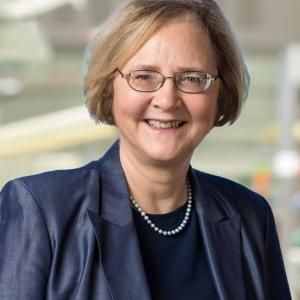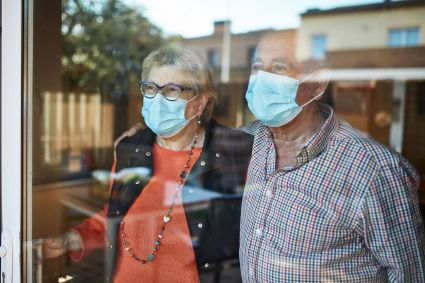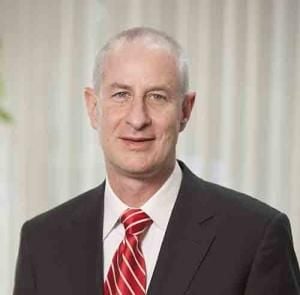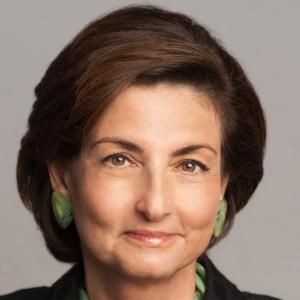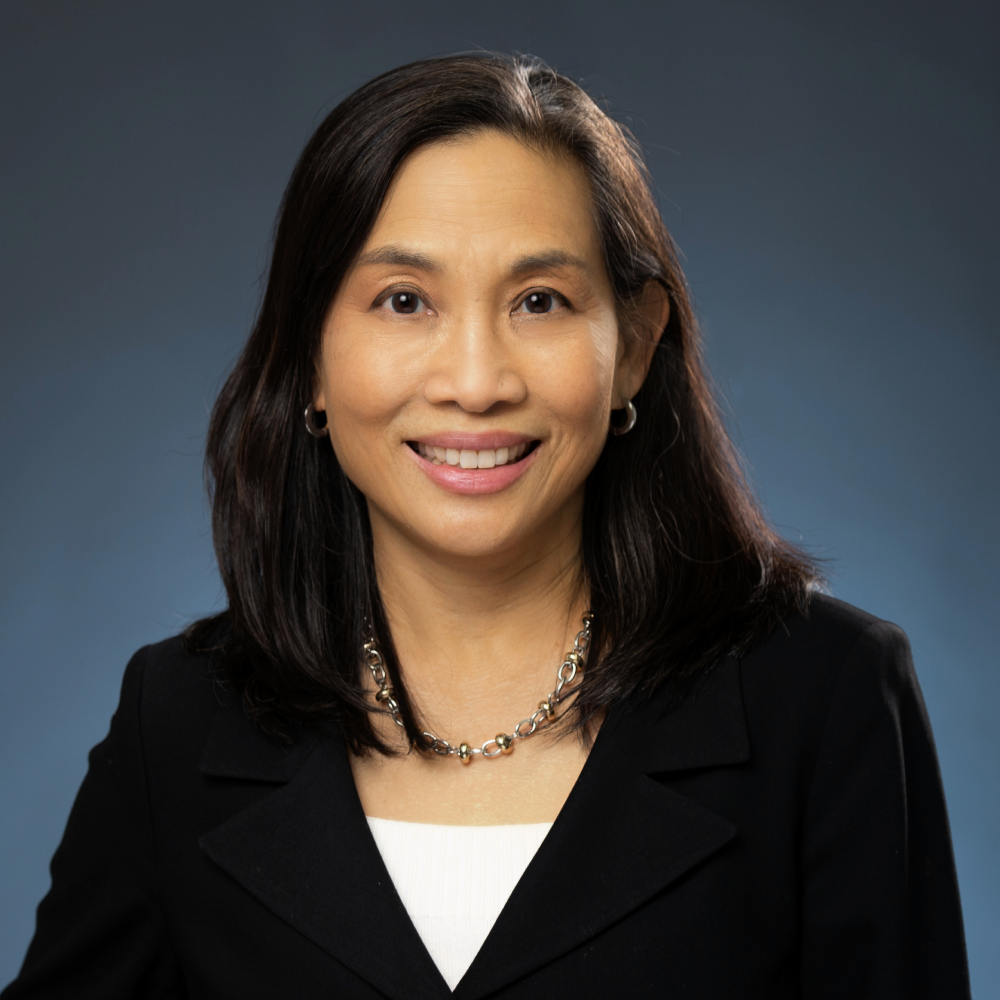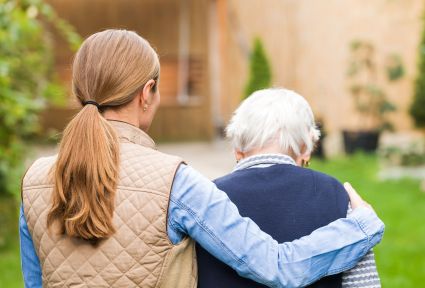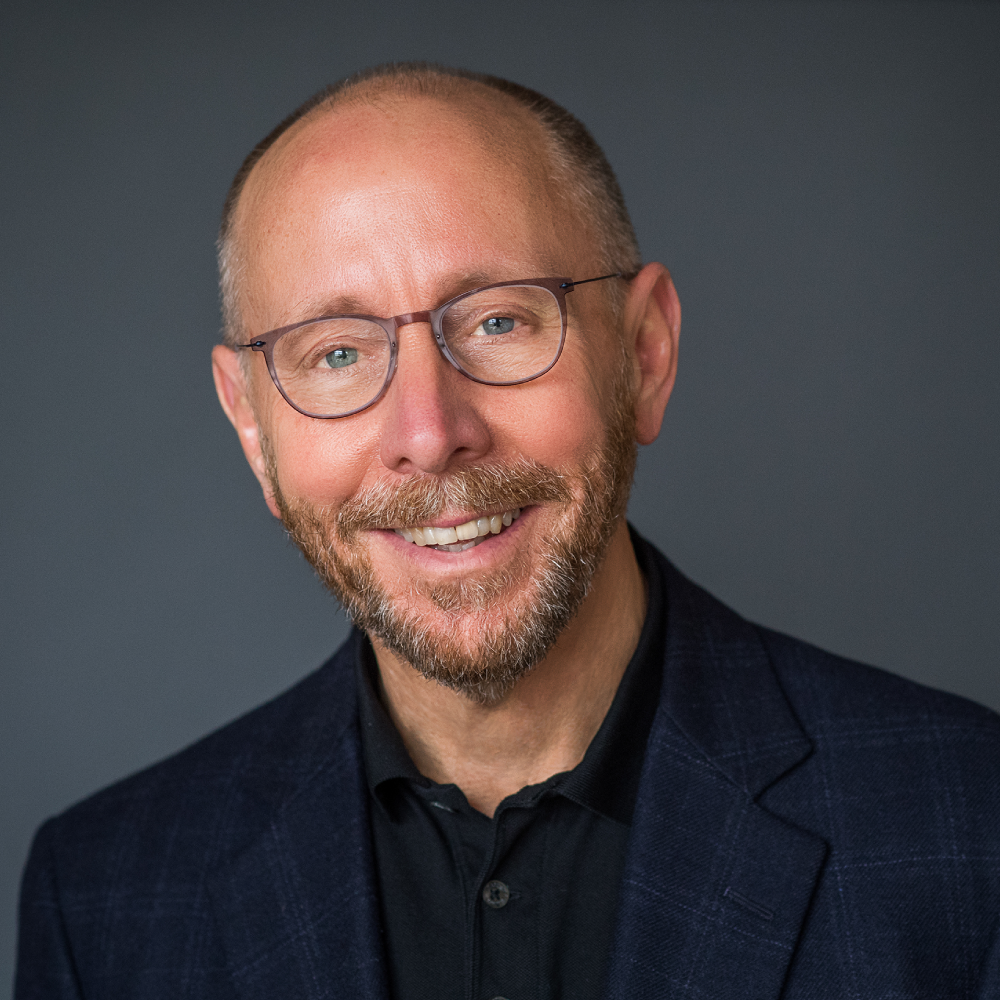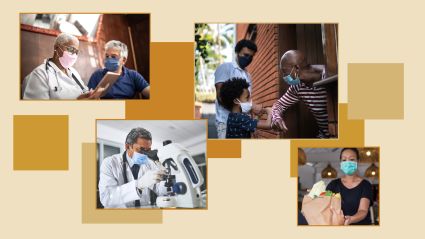Nobel Laureate Elizabeth Blackburn on how the pandemic may, and must, change things.
This article is the twentieth in a weekly joint series on “The COVID-19 Pandemic and the Future of Aging” from the Milken Institute Center for the Future of Aging and Next Avenue. The articles are Q and As with thought leaders in fields ranging from health care to retirement planning to work to intergenerational relationships.
How might the pandemic change perceptions of, and investment in, scientific research—especially for healthy aging and age-related disease?
With COVID-19, we are seeing something powerful going on at the intersection of aging and mortality.
I wanted to gain a deeper understanding, so along with a few colleagues, I looked at data from a few countries where we could clearly see the impact of COVID-19—meaning that their medical systems were not overwhelmed and people had wide access to high-level medical care.
What we observed was striking.
The chance of dying from COVID-19 doubled every five years from the age of 40. That alone is significant. But when compared to data about mortality, generally, and data about other factors like socioeconomic status, the picture becomes clearer.
Pre-pandemic, from age 40, the overall chances of dying doubled only every eight to ten years. Although social factors such as income, education, and access to social services increase the risk of death from COVID-19, age is still the overwhelming factor.
These remarkable findings point yet again toward a critical factor in COVID-19 deaths: the biology of aging itself.
COVID-19 taps into something that demands further investigation. It underscores the importance of investment in scientific research aimed at understanding aging in more comprehensive, holistic ways. Despite great progress in understanding the biology of aging, much more must be done. COVID-19 has made the case.
The pandemic and the tragic number of deaths among older adults push us to integrate what we have learned about the biology of aging into a more systems-based approach, so we can extend our healthy years.
You told Next Avenue a few years ago that you'd like to see governments arrive at effective, evidence-based approaches for developing lifestyle recommendations and public health education. How is that going? And will COVID-19 elevate government attention to chronic disease prevention and healthy aging?
The COVID-19 pandemic has certainly sharpened our focus on healthy aging and chronic disease prevention.
We’ve been dealing with coronaviruses and other viral diseases for many years. But this experience has been different. There's been a sea change in the perceived urgency of addressing these issues, in part because it is suddenly very personal to all of us. We have seen the dramatic life-and-death impact.
The result is a climate going forward that provides greater support for developing the evidence base and creating policies based on it. The tragedy is that it took such a horrible disease to arrive here.
But to realize the benefits of elevated attention and greater emphasis on healthy aging and chronic disease prevention in the wake of the pandemic, we also need to address entrenched social problems that have been exacerbated and exposed in our society. We need to address the polarization in our country.
We need to increase access to quality education, which supports interest, understanding, and engagement in science and health.
The pandemic has done an inadvertent favor in bringing these challenges into sharp focus. I truly hope that we’ll respond to this wake-up call and confront these challenges.
What do you predict will be the most significant long-term impacts of COVID-19 on science, innovation, and public policy?
A silver lining of the pandemic is the increased collaboration among scientists in the US and across the world. There was always a degree of cooperation, but COVID-19 has shifted norms.
Scientists are in this together. The archetype of the lone genius is now complemented by institutionalizing collaboration. This evolution benefits science overall, especially as technological complexity increases.
On top of increased collaborative interactions, the exigency of the pandemic has sparked some original thinking. Scientists shifted their attention and normal working patterns. Now we are seeing new and innovative approaches emerge.
The risk we face is not learning the lessons of COVID-19, and slipping back into old habits. We cannot take for granted the current elevation of the importance of science. To maintain momentum, we need to support science broadly, fund young investigators, encourage innovation, and engage and excite younger generations.
Other national challenges, such as the space race, inspired many young scientists to go on to make major contributions. But there is concern with COVID-19 that we may not see this phenomenon.
The tragedy of the pandemic, and its real existential threat, is largely experienced by older adults. We need to see this as an intergenerational opportunity to learn, share knowledge, and invest in scientific innovation and education.
I am an optimist, and I have to believe we can and must do just that.
